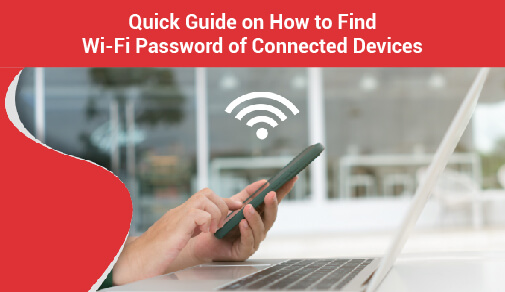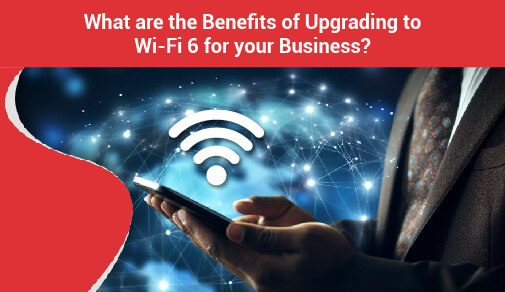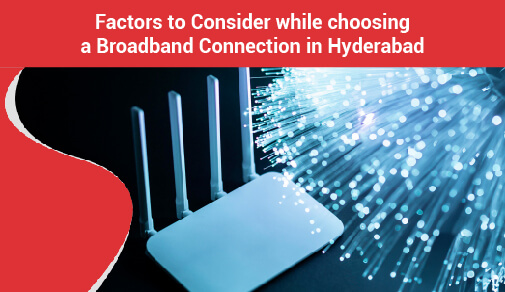Broadband for Healthcare
-
0
-
-
7 minutes
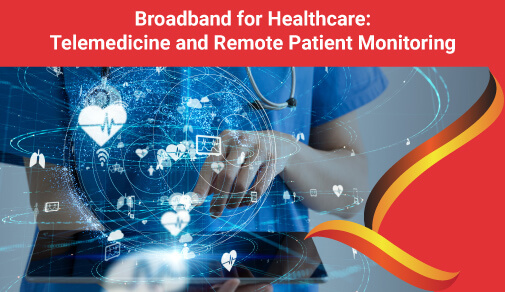
The Internet of Things (IoT) and artificial intelligence (AI) are examples of smart technologies that are used to automate procedures, optimise workflows, and enhance patient care. Hospitals are able to collect data, analyse it, and take appropriate action thanks to the interconnection of these technologies. To put it simply, they design a hospital that is intelligent and has eyes and ears. When paired with state-of-the-art technologies, the new internet technologies' high capacity, low latency, and fast data rates are enabling healthcare organisations to improve patient experiences in their hospitals and clinics and rethink healthcare networking. Some examples:
Wearable sensors allow the institutions to monitor the amount of engagement that occurs between personnel and patients. The institutes can then use this data to enhance patient satisfaction and the care delivery system.
Anticipatory, customised, high-touch patient care is what the smart facility can offer. For example, it can decide what kind of music to play and what kind of lighting to utilise during a patient's consultation.
The private 5G network's dedicated capacity allows the institutes to connect more wireless devices, including as portable devices and Internet of Things (IoT) equipment and sensors, without worrying about quality issues. Additionally, it makes it possible to transport large data sets, such 3D tumour images.
The institutes are able to collect and analyse data more quickly and securely thanks to the private, on-site 5G network.
What Do IoT Benefits Offer the Healthcare Industry?
The use of IoT in healthcare is improving patient care in hospitals. IoT healthcare solutions have the ability to effectively handle the challenges provided by high population expansion, which is either directly or indirectly contributing to a rise in illnesses and an aging population. There's no denying the relationship between IoT and healthcare. Below is a list of some of the Internet of Things' most notable benefits.
Reporting and Monitoring at the Same Time
Doctors can now keep an eye on a patient's status in real time thanks to IoT in the healthcare sector. This helps avert emergencies such as heart failure, diabetes, asthma attacks, cardiac arrest, etc. With the use of IoMt devices, a patient's vital signs can be tracked in real-time, and the data can be sent right away to the patient's physician. This is especially helpful in emergency situations where time is of the essence.
Completely Accessibility and Cost Effectiveness
Better connections and the utilisation of cutting-edge technologies to improve communication and data exchange are made possible by the Internet of Things in healthcare applications. Tracking and diagnosing disease becomes quicker and easier using Bluetooth and Wi-Fi. Improved care coordination is made possible by the interconnectivity of various hospital systems and equipment through IoT.
Data Assortment and Analysis
Massive patient medical history data storage is one of the benefits of IoT in healthcare. Data is sent between IoT devices and other devices. While it may seem impossible to analyze such large datasets, IoT devices can do it in a matter of minutes. IoT devices transfer this data to other devices. With the use of a cloud database, Internet of medical things may collect, process, monitor, transmit, and receive data. These enormous data volumes cannot be saved on the server, so the cloud base is necessary.
Tracking in Real Time and Alerts
Just think of all the lives that may be spared if patients had issued emergency signals. This is now feasible because of the Internet of Medical Things. A patient's medical history is captured in real time and delivered to the physician with the use of smart devices in the healthcare industry. The doctor will be notified right away if there is a threat so that they can respond appropriately.
Mobile Check-Up
Patients can simply contact doctors on their mobile devices with the aid of IoT healthcare devices, receiving prompt support. Doctors can diagnose any illness while on the go and save time and money on trips with the newest IoT medical gadgets.
Examples of Usage of Broadband for Healthcare
Monitoring and interacting with patients remotely
Remote patient monitoring is the most typical IoT use case that a specialised healthcare software development business handles. Clinical IoT devices are designed to gather vital signs from individuals who aren't actually present in the medical centre, such as blood pressure, heart rate, temperature, etc. Algorithms can be used to issue alerts, suggest treatments, and assess vital signs. Participate in telehealth sessions with patients who are located distant in a reliable and secure manner. Track vital signs and other data, enabling doctors to take preventative measures and avoid difficulties.
Monitoring Hardware Upkeep
One of the most significant applications of IoMT in the healthcare sector is monitoring hardware upkeep. Envision a medical facility equipped with hundreds of pieces of equipment. The crew would find it extremely difficult to keep track of when each piece of equipment was last serviced. Every piece of equipment may, however, have a sensor built into it that would transmit data to a central database in an IoT system. The staff could then use the reports generated by the database to keep track of when each piece of equipment required maintenance. This lowers the chance of malfunctions and guarantees that all of the equipment is maintained correctly.
Connecting the next generation of medical devices
The chronic sickness of a patient is identified via Internet of Things healthcare technology. When a patient submits his symptoms, Internet of Things (IoT) medical devices compare them to the database to determine the diagnosis. Fitbits and other wearables monitor blood pressure, sugar, and heart rate. People are now more aware of their medical conditions and more health-conscious thanks to the introduction of healthcare apps for wearables and mobile devices. Healthcare OEMs can conceptualise, design, develop, and launch innovative connected mobile devices with the support of linked healthcare solutions. Life sciences businesses are collecting data from participants in clinical trials who are located remotely thanks to connected devices that are enabled by next-generation networks.
Bringing together physicians
Due to the size of the hospitals' facilities, it is hard to keep track of where each doctor or staff member is at any given time. Additionally, it is the same for every patient. IoT technology in healthcare makes it simple to track both staff and patients. For security purposes, this system also keeps track of the hospital's belongings. It is an incredibly effective device that tracks people or things without any extra expense or work. Ambulances are becoming dynamic mobile information hubs thanks to connectivity options like the Internet of Things, which also make it possible for healthcare specialists and field personnel to share and discuss data more than ever before.
The Connection Between High-Quality Healthcare and High-Speed Internet
The promise of exceptional treatment is now available everywhere there is broadband thanks to connectivity. Prior to developments in telehealth, receiving medical care required being physically close to physicians, clinics, and hospitals. Improved connectedness leads to better care, which raises life quality. More people see broadband connection as a means of bridging the gap between patients and providers and lessening the inconveniences of time and location.
In the medical context, the Internet helps healthcare professionals to quickly obtain data that can help with illness diagnosis or treatment plan formulation. It can enable access to test findings, practice recommendations, and patient data from the examination room. Additionally, it can facilitate electronic consultations amongst healthcare professionals to talk about treatment strategies or surgical techniques. Simultaneously, the Internet facilitates a transition towards patient-centred care by empowering patients to obtain health-related data on their own, interact electronically with healthcare providers, administrators, and other patients, and even obtain care in their homes. Beyond the actual delivery of care, there are many other health-related tasks that the Internet may facilitate. Some other examples of use of internet in patient care are:
Patient-focused health websites
Leading sources of health information have determined in recent years that the Internet is a useful tool for connecting with a sizable population of consumers. The emergence of websites addressing consumer health issues is the most obvious manifestation of this realisation. These websites are devoted to illness diagnosis and treatment, various healthy lifestyle promotion, and disease prevention strategies.
Online Communication between providers and patients
Electronic conversations between patients and caregivers can also be facilitated over the Internet; these exchanges usually take the form of applications. With more regular communications enabling better tracking of a patient's progress or removing the need for an office visit, it has been enhancing care and cutting expenses.
Electronic Health Records
Consumers are beginning to have direct access to their own health records through the Internet. Throughout history, healthcare professionals have kept extensive records of patient interactions inside their establishments, including the dates and times of consultations, diagnoses, test findings, prescriptions, and more.
Home care and patient observation
Improved consumer health monitoring and maybe in-home care delivery are made possible by the Internet because of its ability to control medical devices placed within homes, such as dosimeters and pacemakers. These initiatives aim to lessen the need for expensive hospital stays and professional intervention by supporting the early detection of potential health issues, such as diabetes, congestive heart failure, and heart attacks.
